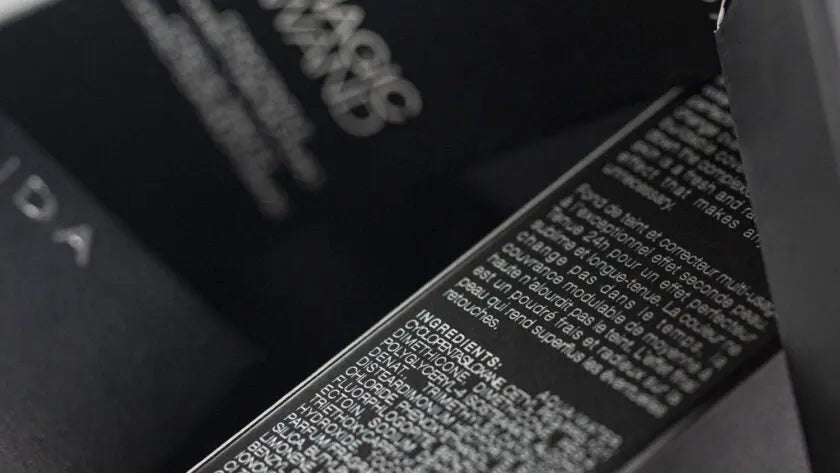
For a flawless beauty and make-up routine, reading the INCI is very important! Here are a few tips for training your eye.
Cosmetics, from make-up to skin care creams, are products we use every day and therefore come into constant contact with our skin. For these reasons, it is necessary to be very careful when choosing these products, making sure to always select those free of certain inadvisable and critical substances, which are very often contained in cosmetics. Some because they are unsafe, others because they are highly allergenic and still others because they are not suitable for the most delicate people, such as children and pregnant women: here are the cosmetic ingredients to avoid and some tips for reading the INCI.
The label of a product can be considered its 'identity card' because it contains all the information that can be useful to us as consumers: ingredients, warnings, recommendations for use, but also information about the country of origin and the producer.
What is INCI?
Let's start with the basics. What is meant by INCI?
INCI standsfor International Nomenclature of Cosmetic Ingredients and is a code that is used to indicate the ingredients of a product.
According to cosmetics legislation, the label of each product must list the ingredients contained in the cosmetic, preceded by the word 'ingredients'.
The list does not follow a random order but theingredients are listed in descending order taking into account their concentration. This means that the ingredients written first are present in the composition of the product in larger quantities, while those that follow are present in smaller quantities. Finally, those ingredients which are present in quantities of less than 1% may be listed in random order.
Another key aspect concerns the language used to name the individual ingredients:
- Latin: is the language used to indicate all those substances included in the product formulation in purity, i.e. without undergoing any chemical modification.
- English: used to indicate ingredients that are the result of a chemical synthesis.
- French: never used, except for the word parfum.
- Numeric codes: identify the artificial colourings used in the product.
How to read the INCI of harmful ingredients
Every package marketed must list the ingredients it contains, but it is good to learn how to read the INCI in order to avoid harmful elements. Here is a summary of useful tips to help you do this:
- The first ingredients on the list (we repeat) are those contained in the product in larger quantities, and so those at the bottom of the list are present in smaller quantities.
- Plant-derived substances that have not undergone chemical processes are expressed by their Latin name, followed by their English translation.
- Those that have undergone a chemical process are written in English.
- The initials starting with C.I. indicate the colouring agents (colour index) and are followed by a 5-digit identification number.
- Names ending in -thicone, -one, -ane, -siloxane and -silanol refer to the silicones present.
- Petrolates are identified by the following names: Mineral Oil, Paraffinum Liquidum, Petrolatum, Propylene glycol, Isopropyl, Vaseline, Microcrystalline wax.
The most common ingredients to avoid
Among the many ingredients to avoid, the most common are:
- I parabens;
- The nickel;
- The others heavy metals.
All Mesauda products are free of these elements. Our cosmetics comply with all the requirements of European cosmetic legislation and, in accordance with EU Regulation No. 1223/2009, do not contain heavy metals. Nickel, for example, is never used as a component in the production of cosmetics as it is banned by the European Community: it is not present in the ingredient lists of any of our products.
However, it may happen that products classified as "Nickel tested" contain minimal percentages of Nickel due to the manufacturing process, but which are nevertheless below the maximum legal limit.


Comments (0)
Back to MESAUDA BEAUTY BLOG.